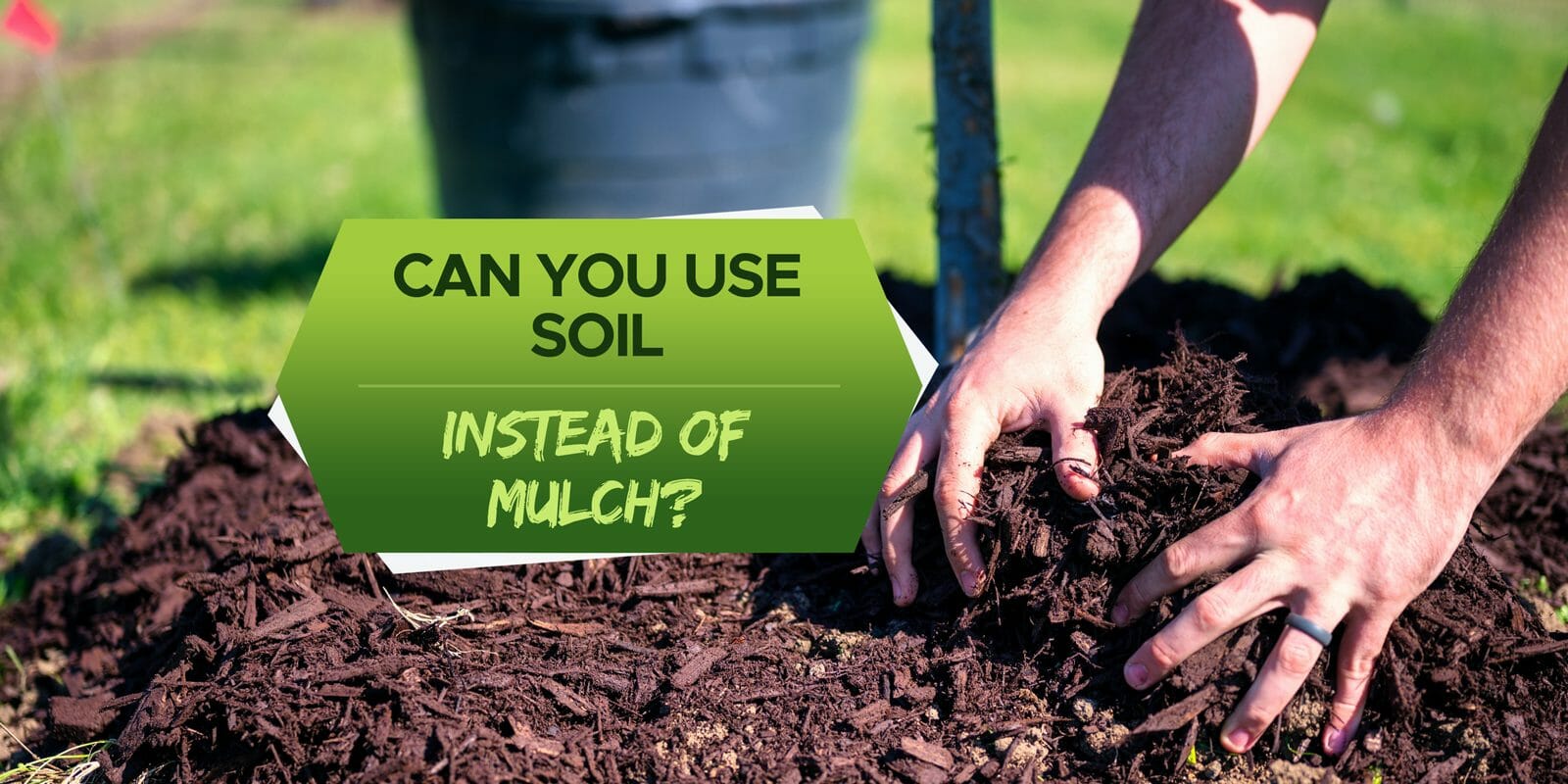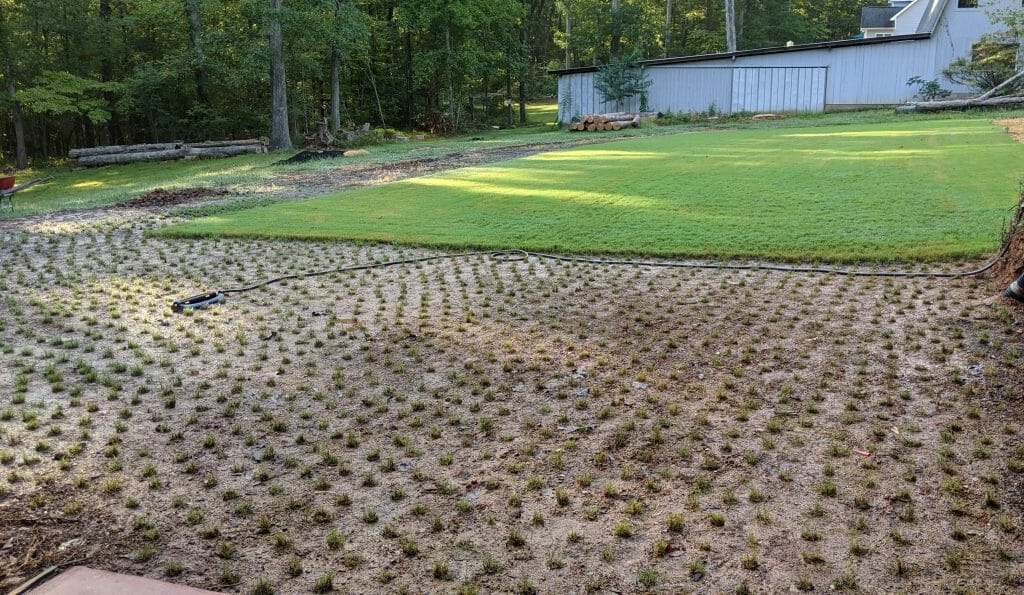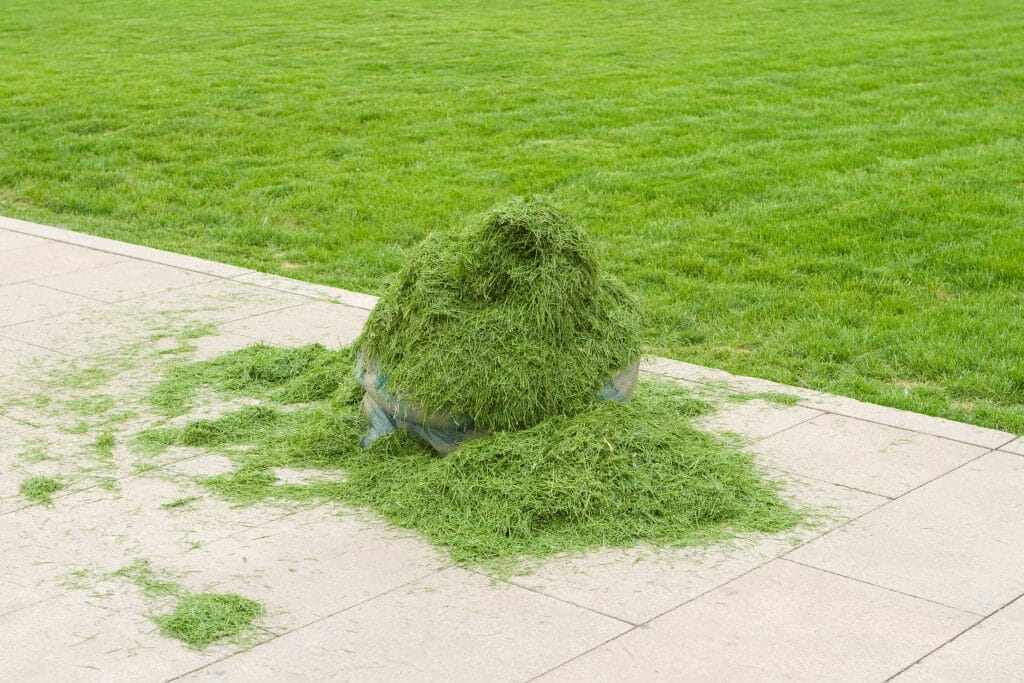When you’re getting into gardening, the sheer amount of things you need to maintain your garden can be overwhelming. For this reason, it can be tempting to try and use one item for a multitude of uses.
A typical example of this is mulch and soil. What is the difference between mulch and soil, and can you use soil instead of mulch?
Soil cannot be substituted for mulch as it serves a different purpose. Mulch is a specialized soil topper that helps insulate the soil, prevent erosion, and retain soil moisture.
Adding soil on top of more soil will not benefit your plants at all, so we recommend using mulch and compost to maximize your soil quality. Luckily, it can be made cheaply at home in some cases.
What is the Purpose of Mulch?
Before we can get into the possibility of replacing mulch with soil, we need to understand its purpose and purpose.
Mulch is a ground cover made from various organic materials such as leaves, grass clippings, peat moss, wood chips, bark, straw, and even layers of cardboard. Living mulch like ground covers and moss lawns are also very effective. Whatever form you choose, they can be bought from your local garden store or made at home if you have the resources.
Synthetic and plastic based mulch is also available but we don’t recommend these as they are very harmful to the environment.
The way mulch works is by creating a well-insulated layer that covers the soil and protects it from the elements. This way, no matter the temperature or weather on the surface, the soil will retain a regular temperature. It also prevents excessive evaporation from the sun, which will dry up the soil and require more frequent watering. It can be applied to open beds or around existing plants and has the added benefit of keeping weeds out.
One downside to using mulch is that it can grow mulch fungus. Check out our mulch fungus guide here to learn how to handle it. It a
Is also worth noting that, since it is organic material, the mulch will eventually break down so you need to replace it a few times a year.
What is The Difference Between Garden Soil and Mulch?
Garden soil and mulch are both essential components in gardening and landscaping, but they serve different purposes and have distinct characteristics:
Garden Soil:
- Definition: Garden soil is the top layer of the Earth’s surface, consisting of minerals, organic matter, water, and air. It’s the primary medium for plant growth.
- Composition: It contains a mix of sand, silt, clay, and organic matter. The exact composition varies based on the location and has a significant impact on water retention, drainage, and nutrient availability.
- Purpose: Garden soil provides a medium for plant roots to grow, offering support, nutrients, and moisture. It’s where most of the biological activity in gardening takes place, including decomposition and nutrient cycling.
- Types: There are various types of garden soil, including topsoil, potting soil, and mixes designed for specific plants like cacti or orchids.
- Use: It’s used to fill gardens, raise beds, and as a base in which plants grow.
Mulch:
- Definition: Mulch is a layer of material applied to the surface of the soil. It’s not meant to grow plants but to protect and enhance the soil beneath it.
- Composition: Mulch can be organic or inorganic. Organic mulches include materials like wood chips, straw, leaves, and compost. Inorganic mulches include stones, plastic, and rubber.
- Purpose: Mulch helps retain soil moisture, reduce weed growth, provide insulation from temperature extremes, and improve soil quality (if organic). It can also enhance the garden’s aesthetic appeal.
- Types: Organic mulches decompose over time, adding nutrients back into the soil. Inorganic mulches don’t decompose and may be preferred for permanent or decorative applications.
- Use: It’s spread over the top of garden soil around plants or covering bare soil, not mixed in like garden soil.
Key Differences:
- Function: Soil is where plants grow; mulch is a protective cover.
- Location: Soil is beneath the plants; mulch is on top.
- Composition: Soil is a mix of organic and inorganic matter; mulch can be purely organic, inorganic, or a combination.
- Purpose: Soil provides nutrients and a place for plants to root, while mulch conserves moisture, regulates soil temperature, and reduces weed growth.
Understanding these differences is crucial for proper garden care, as each serves a unique role in promoting plant health and enhancing the garden’s visual appeal.
- 100% Natural Cocoa Mulch – Made from the outer shells of cocoa beans,...
- Moisture Retention & Weed Control – Helps retain soil moisture, suppress...
- Long-Lasting, Fade-Resistant Color – Features a natural dark brown color...
- Lightweight & Easy to Spread – This mulch is very lightweight, making it...
- Contains Natural Nutrients, But can be harmful to Pets – Contains...
Can You Use Soil Instead of Mulch?
Ultimately, no, you can’t use soil instead of mulch because they serve two very different purposes.
Adding an additional layer of soil on top of your garden bed will not result in any of the benefits that mulching brings you.
As we explained above, mulch acts as a soil covering; think of it as a protective blanket for your soil. It is able to do this my creating a dry, insulated covering to protect the soil.
Soil, on the other hand, has none of the insulating and moisture-retaining qualities. This is why simply adding another layer on top of your soil won’t have the same effect.
Can Topsoil Be Used as Mulch?
Topsoil can technically be used as mulch, but it’s not generally recommended or as effective as traditional mulch materials.
While topsoil can cover the ground and might initially suppress weeds, it doesn’t provide the same benefits as organic or inorganic mulches.
Topsoil doesn’t insulate the soil from temperature extremes as well as mulch does, nor does it retain moisture as effectively.
Using topsoil as mulch can lead to a few problems: it can compact over time, reducing air and water flow to the roots, and it can also bring in weed seeds, leading to more weeds rather than suppressing them.
Traditional mulches like wood chips or straw are more effective at improving soil conditions, retaining moisture, and controlling weeds.
They also break down over time, adding nutrients back into the soil, which topsoil doesn’t do.
While you might use topsoil in a pinch, it’s generally better to use materials specifically meant for mulching to cover and protect your garden beds.
Frequently Asked Questions:
What can you use as an alternative to mulch?
As you now know, soil is not a suitable replacement for mulch, but there are a few alternatives.
The two that we recommend are gravel and pine needles. Pebbles or gravel work because they look attractive, and you can buy them in various colors and sizes. Pine needles, on the other hand, are organic matter that you can pick up for free if you have a pine forest nearby.
What happens if I don’t use mulch?
Mulching your garden is an optional step, but there are many reasons why it is worth doing.
Mulch helps to suppress weeds and protect your soil from temperature variations and too much evaporation. Skipping this step may lead to increased weed growth and the need for more frequent watering.
Conclusion
So, at the end of the day, you can’t use soil instead of mulch.
Mulch is an organic material mix that sits on top of the soil to retain moisture, help with soil erosion, and aid insulation.
We know that adding additional products to your garden wishlist is a chore, but we think that it is well worth utilizing.






